Category: Infrastructure
-

Estimating π with a Monte Carlo Simulation Using CuPy
In this project, we’ll use CuPy, a GPU-accelerated computing library, to estimate the value of π through a Monte Carlo simulation. This approach leverages random sampling to approximate π by simulating points in a square and circle, making it a fun and practical demonstration of CuPy’s power for parallel numerical tasks. What is CuPy and…
-
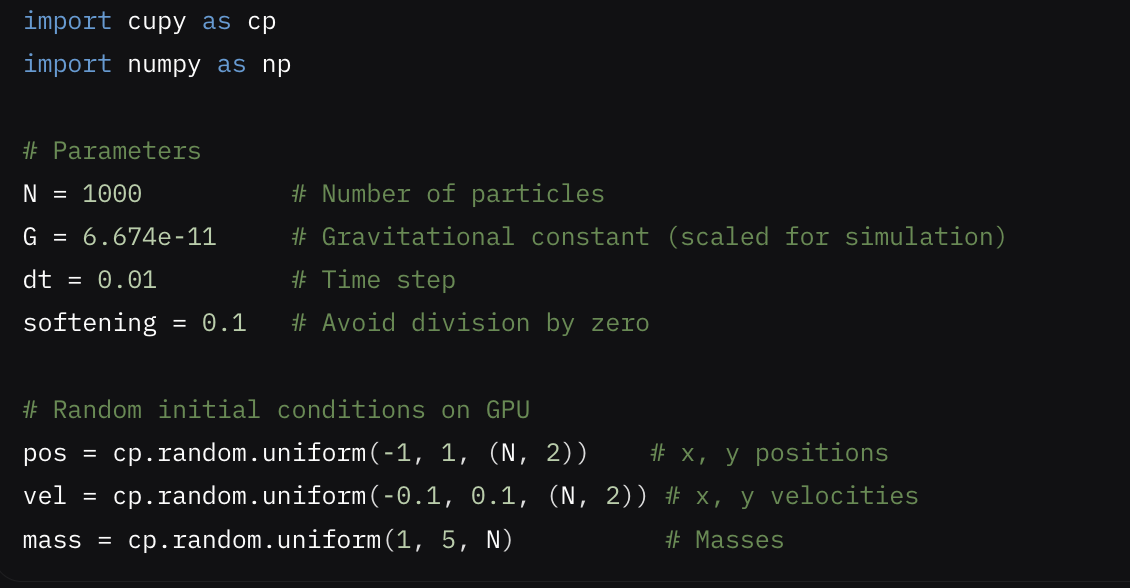
N-Body Simulation with CuPy: A GPU-Accelerated Approach
In this project, we’ll use CuPy to simulate an N-body gravitational system, where multiple particles interact under gravity. This is a classic physics problem that scales poorly with the number of particles on a CPU due to its (O(N^2)) complexity. CuPy’s GPU acceleration shines here, speeding up the pairwise force calculations. We’ll walk through the…
-
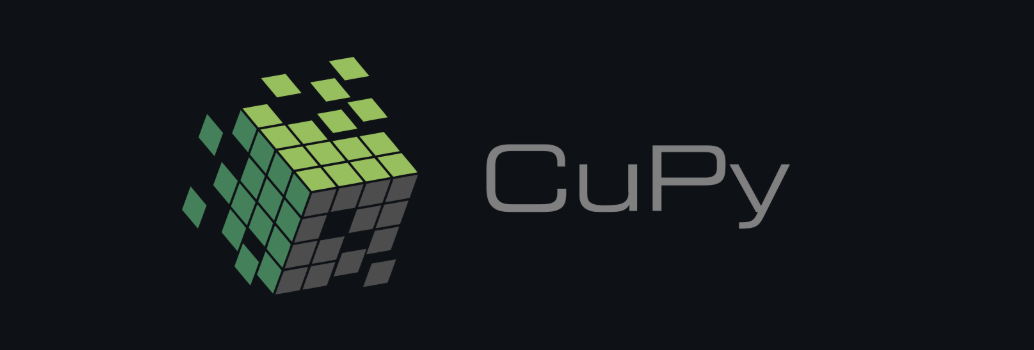
Building a 2D Heat Equation Simulation with CuPy: A Step-by-Step Guide
In this blog post, we’ll use CuPy, a NumPy-compatible library for GPU-accelerated computing, to build a practical project: simulating the 2D heat equation. This isn’t about basic setup or simple examples—instead, we’ll create a numerical simulation from scratch, compare CPU and GPU performance, and visualize the results. By the end, you’ll see how CuPy can…
-
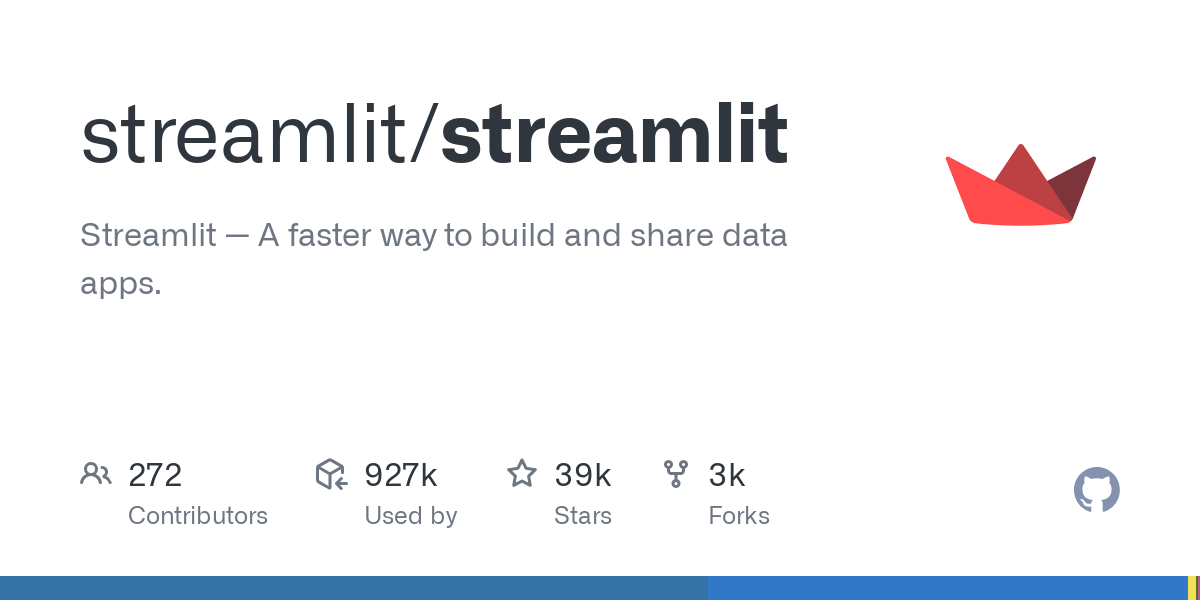
Streamlit: Python Framework for Building Interactive Web Applications for Data Science
1. Introduction Streamlit is an open-source Python framework designed for building interactive and data-driven web applications. It allows developers to create web apps for machine learning, data visualization, and analytics with minimal effort. Streamlit is widely used in data science and machine learning workflows for creating dashboards, prototypes, and tools to share insights and models.…
-
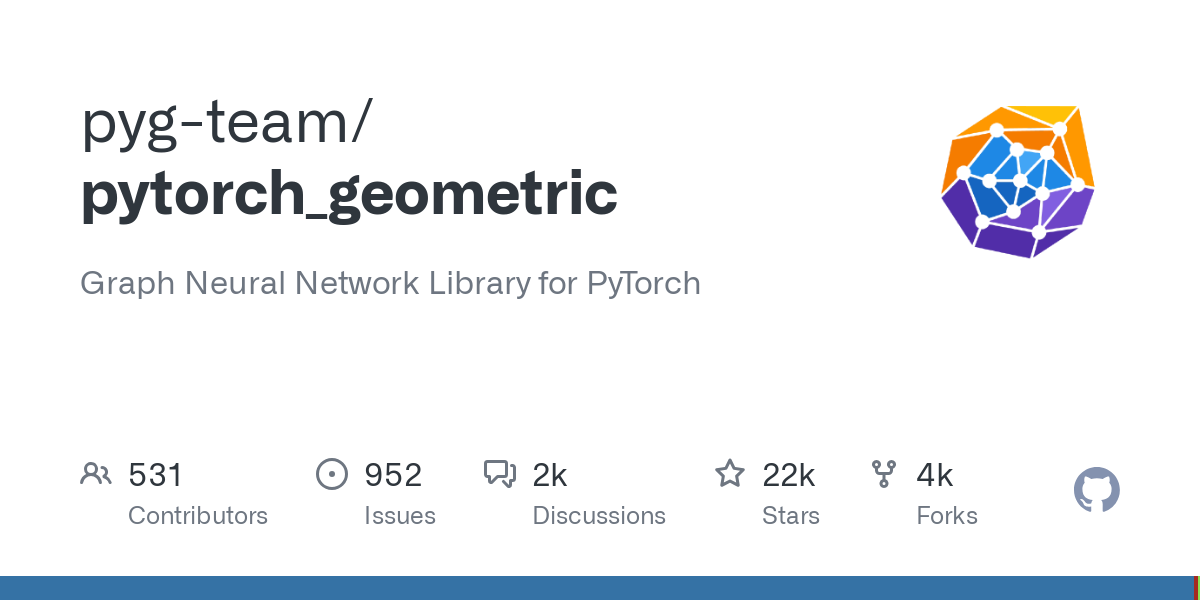
PyG (PyTorch Geometric): A Library for Graph Machine Learning
1. Introduction PyTorch Geometric (PyG) is an open-source library for building and training graph neural networks (GNNs) using PyTorch. It provides tools for working with graph-structured data, enabling applications in social network analysis, molecular modeling, recommendation systems, and more. PyG supports a wide range of GNN architectures, including Graph Convolutional Networks (GCNs), Graph Attention Networks…
-
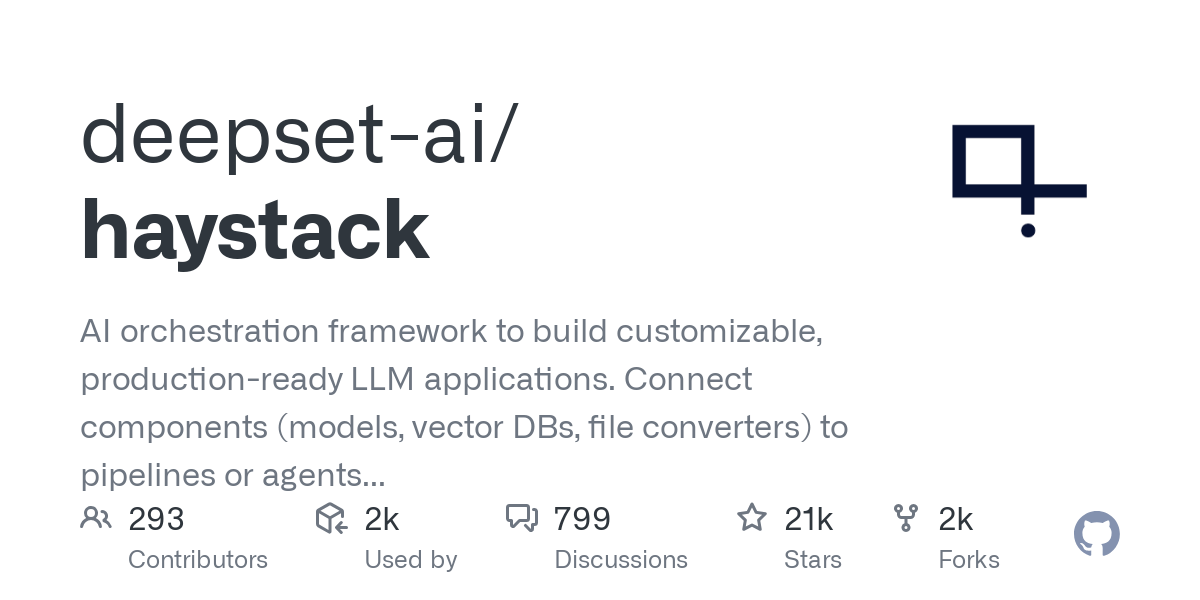
Haystack: End-to-End Framework for Building Search Systems with NLP
1. Introduction Haystack is an open-source framework for building end-to-end search systems powered by natural language processing (NLP). It enables developers to create intelligent search pipelines for tasks like question answering, document retrieval, and semantic search. Haystack supports integration with large language models (LLMs) like OpenAI’s GPT, Hugging Face Transformers, and dense retrievers, making it…
-
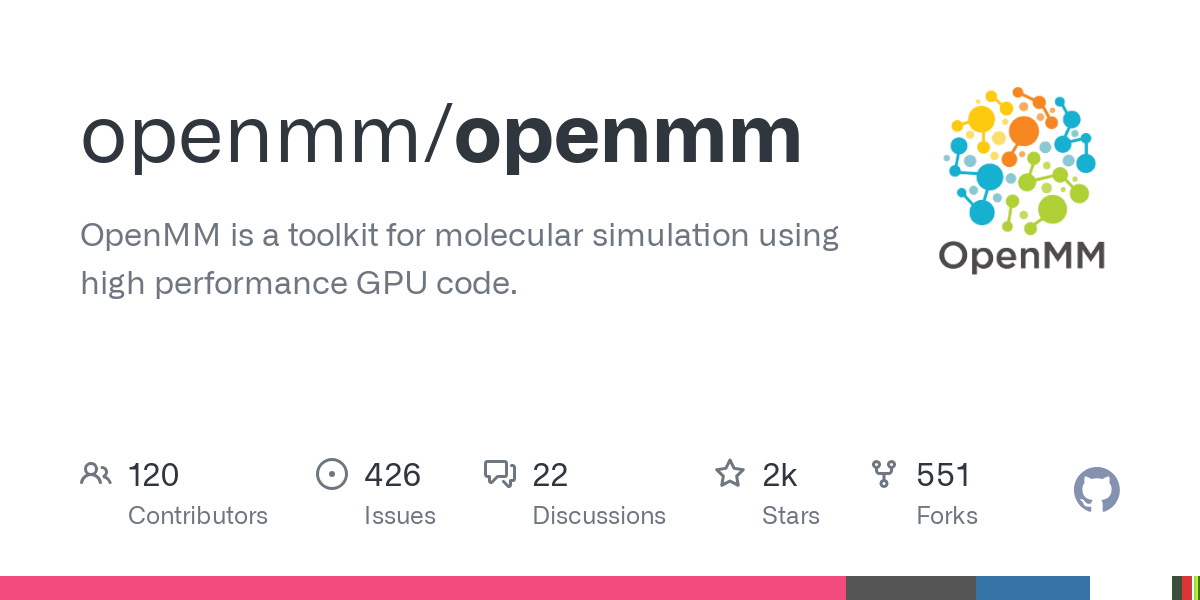
OpenMM: High-Performance Molecular Dynamics Simulation Toolkit
1. Introduction OpenMM is an open-source toolkit for molecular dynamics simulations, designed to enable high-performance computations on GPUs and CPUs. It is widely used in computational chemistry, biophysics, and material science for simulating molecular systems and studying their behavior. OpenMM provides a flexible Python API for defining systems, running simulations, and analyzing results, making it…
-
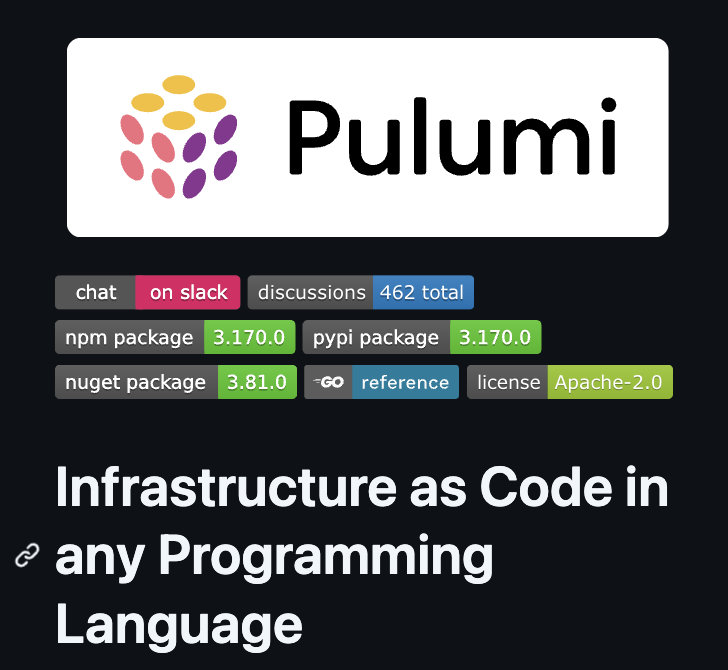
Pulumi: Modern Infrastructure as Code with Real Programming Languages
1. Introduction Pulumi is a cutting-edge infrastructure as code (IaC) tool that allows developers and DevOps engineers to define cloud infrastructure using general-purpose programming languages like Python, JavaScript, TypeScript, Go, and C#. Unlike traditional IaC tools that rely on domain-specific languages, Pulumi leverages the full power of programming languages, enabling developers to write reusable, testable,…
-
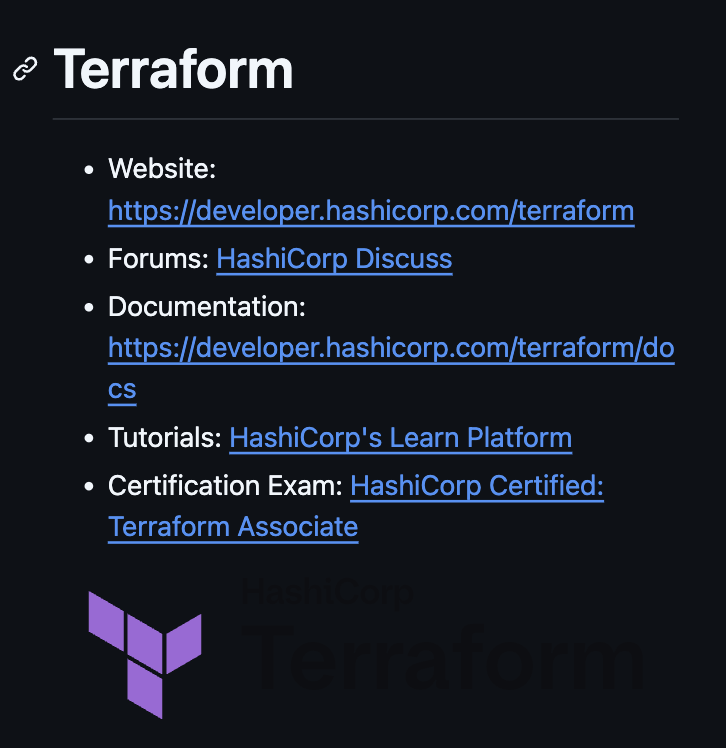
Terraform: The Ultimate Tool for Infrastructure as Code
1. Introduction Terraform, developed by HashiCorp, is an open-source tool for building, changing, and versioning infrastructure safely and efficiently. It allows developers and DevOps engineers to define infrastructure as code (IaC) using a declarative configuration language. Terraform supports multiple cloud providers, including AWS, Azure, Google Cloud, and on-premises solutions, making it a versatile tool for…
Recent Posts
- Accelerating Image Convolution with CuPy
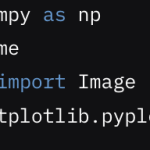
- Estimating π with a Monte Carlo Simulation Using CuPy

- N-Body Simulation with CuPy: A GPU-Accelerated Approach
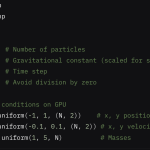
- Building a 2D Heat Equation Simulation with CuPy: A Step-by-Step Guide
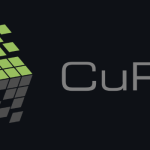
- Dash: Python Framework for Building Interactive Web Applications for Data Visualization
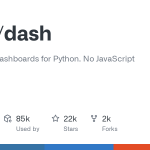
Tags
Ai's Ai tools AlphaFold API Applications Artificial intelligence Building Clouds Frameworks Generative github High-Performance Infrastructures LangChain Large Language Models lib Library Models Open-sources Prediction project Protein structure python simulation transformers
Comments
CuPy brings serious GPU power to Python—numpy on steroids! ⚡🐍💥
JAX MD is pushing molecular simulations into the future with AI precision! 🧬⚙️🤖